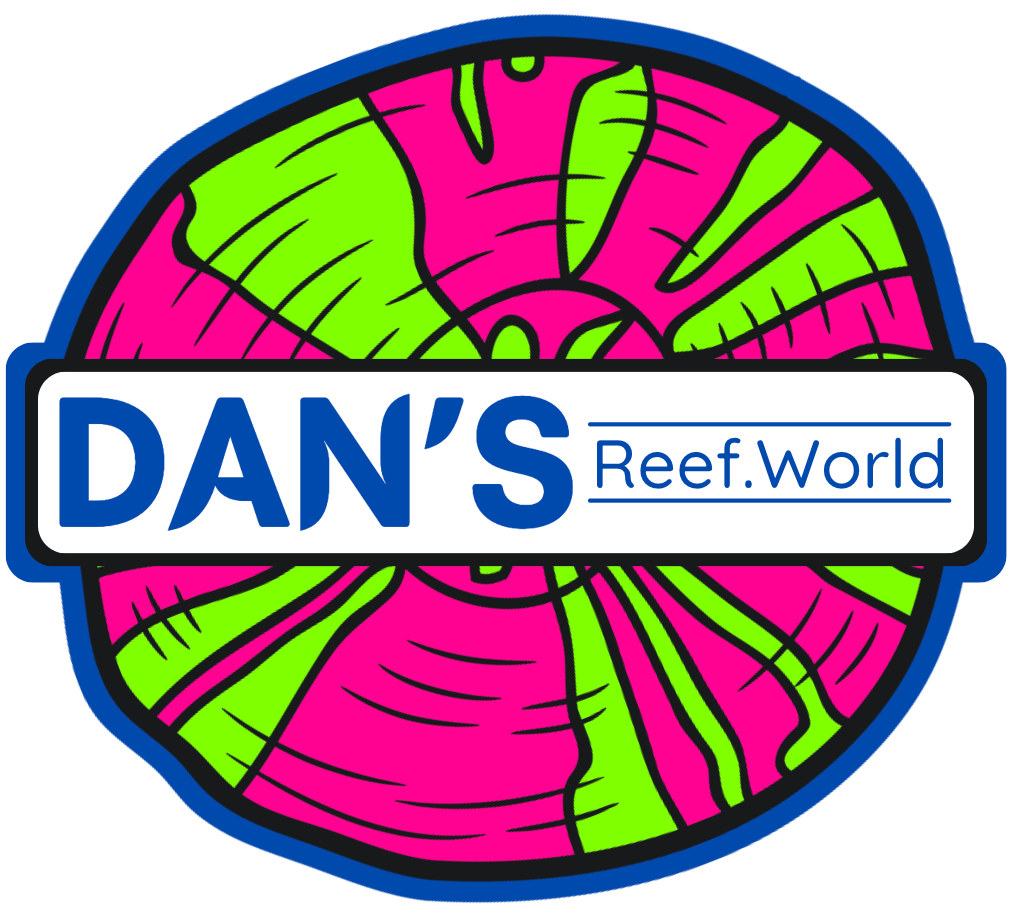Intro - Family Poritidae
Coral reefs are marvels of biodiversity, hosting an array of life forms and playing a critical role in ocean health. Among the various families of corals that contribute to these vibrant ecosystems, the Poritidae family stands out for its resilience and ecological importance. In this blog post, we’ll explore the defining features of Poritidae corals, their roles within reef ecosystems, and the conservation challenges they face.
-
The Poritidae family, commonly known as "porites" corals, includes a variety of stony corals found predominantly in tropical and subtropical waters. Notable genera within this family include Porites and Stylaraea. These corals are recognized for their robust skeletal structures and diverse growth forms, which range from massive boulders to branching and encrusting types.
Poritidae corals are characterized by their porous skeletons and distinctive morphology. The corallites—small cup-like structures that house individual polyps—can be quite small and densely packed, giving these corals a unique appearance. The polyps can retract into their skeletons during the day, extending at night to feed on plankton and organic particles.
-
Coloration in Poritidae corals varies widely, often displaying muted tones of brown, yellow, and green, which can be attributed to their symbiotic relationship with zooxanthellae. These microscopic algae live within the coral’s tissues, providing essential nutrients through photosynthesis, which helps sustain the corals, especially in nutrient-poor waters.
-
Poritidae corals play a crucial role in maintaining the health and stability of coral reef ecosystems. As significant reef builders, they contribute to the physical structure of reefs, creating habitats for a wide variety of marine life, including fish, invertebrates, and crustaceans. Their growth patterns provide essential shelter and contribute to the biodiversity that coral reefs are known for.
-
Additionally, these corals help stabilize sediments, reducing coastal erosion and fostering healthier environments for other reef inhabitants. By supporting complex habitats, Poritidae corals enhance the overall resilience of reef ecosystems against environmental stresses.
-
Despite their ecological significance, Poritidae corals face numerous threats. Climate change is a major concern, with rising sea temperatures leading to coral bleaching—a process where corals expel their symbiotic algae. This loss not only affects the corals’ color but also their ability to obtain vital nutrients, leaving them vulnerable to disease and mortality.
-
Ocean acidification, driven by increased carbon dioxide levels, further threatens the health of Poritidae corals by impairing their ability to produce calcium carbonate structures. Additionally, pollution from coastal development, agricultural runoff, and plastic waste disrupts the delicate balance of reef ecosystems, putting Poritidae corals at risk.
-
To address the challenges facing Poritidae corals, various conservation strategies are being implemented. Establishing marine protected areas (MPAs) is crucial for safeguarding these corals and their habitats from human impact. Restoration initiatives, such as coral gardening and transplantation, aim to revive damaged reefs and support healthy coral populations.
-
Public awareness and education are essential in fostering a culture of conservation. By informing communities about the importance of coral reefs and the threats they face, we can promote sustainable practices and responsible coastal development. Supporting marine conservation organizations and advocating for policies that protect marine ecosystems can significantly contribute to the preservation of Poritidae corals.
-
The Poritidae family of corals is a remarkable and vital component of coral reef ecosystems. Their unique structures, ecological roles, and contributions to biodiversity underscore the importance of conserving these essential organisms. As we confront the growing challenges posed by climate change and human activities, prioritizing the protection of Poritidae corals and the habitats they support is crucial. Together, we can ensure that these extraordinary corals continue to thrive, enriching our oceans and sustaining the diverse marine life that relies on them for generations to come.




